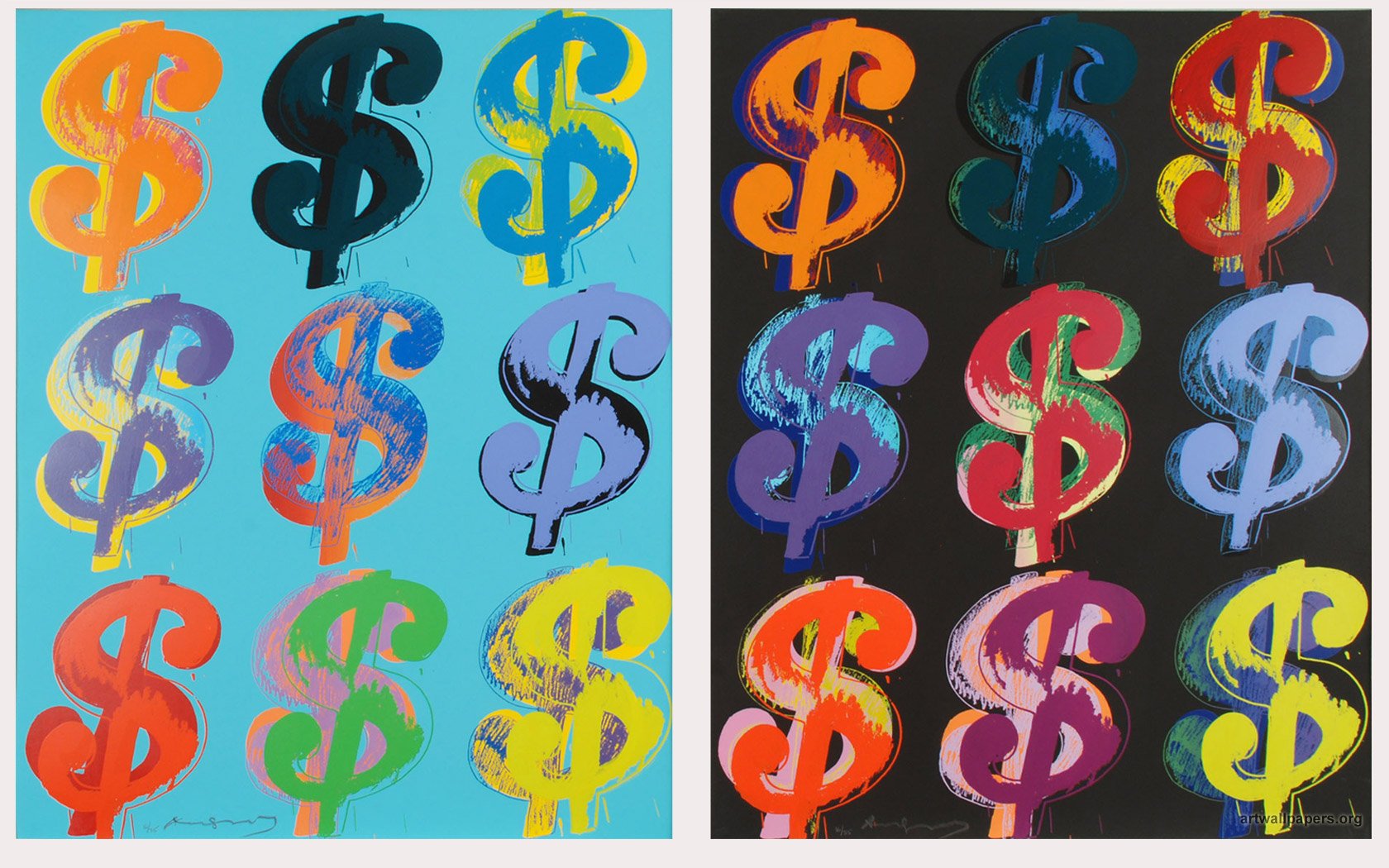Art and finance are typically thought of as completely unrelated worlds. Concepts such as creativity, sensibility, and emotion are usually attributed to art. For many, they exist in direct opposition to the rational and analytical thought that we commonly relate to finance.
At Moneyfarm, we decided to challenge this assumption and make finance and art work together. We recognised that our main aim – to create meaningful relationships with our customers and help them reach their ultimate life goals – was better expressed by complementing our numbers and words with beautiful illustrative works of art.
A new campaign we launched at the start of November took over London, giving a new look to its buses and bringing some colour into the city during a rather grey and cold early winter. If you haven’t spotted them in your area yet, you might want to check out a few pictures of them on our social media channels and let us know what you think.
In the meantime, we’d like to leave you with a few words from the illustrator, Mantas Tumosa, about what it was like to work on the campaign, and what he learned about combining finance and art.
What did you learn about Moneyfarm when working on the campaign? What values do you think are represented in your illustrations?
I knew about Moneyfarm well before I started to work on the campaign. Some of my friends were already investing on the platform and had told me about their experiences as customers.
When working on the illustrations for the “More than money” campaign, I wanted to represent what money stands for when investing with Moneyfarm: living a balanced, secure, and meaningful life.
 One of the early B&W sketches
One of the early B&W sketches
Finance and art may seem like two completely separate worlds; do you see any links between the two?
Yes, that’s true – finance and art do seem like completely different worlds. However, many fintech companies are now using illustration to communicate. I think the fact that Moneyfarm has chosen illustrations for their campaign shows they want to universally engage their audience while forming an emotional relationship with them – sometimes the right colour palette can express much more than words.
What emotions do you feel when you think about money? Do you think they’re helpful or a hindrance to financial well-being?
No one can deny the importance of financial stability for practical and mental wellbeing. I believe that money can help people achieve their goals, while allowing the necessary peace of mind to enjoy life in a balanced and meaningful way.
I do think that having a secure financial situation, more than money itself, can give people the freedom to live their life to the fullest.
 Final artwork on an iconic red bus near London Bridge
Final artwork on an iconic red bus near London Bridge
What types of financial services would be useful for people whose day-to-day jobs are more creative, or far away from finance?
I think that no matter whether someone is working in the creative industry or not, it’s important to be able to access investment services. We all know that just keeping cash in a bank account can have detrimental effects on our long term savings. However, I do also think that often these services are not readily available for people with limited experience or overall wealth.
What’s the thing you dislike most about the finance industry? How do you think it could be addressed?
People who work within the financial sector seem to deal with a great amount of stress. I think it’s something that could and should be improved – another opportunity for finance and art to come together perhaps?





